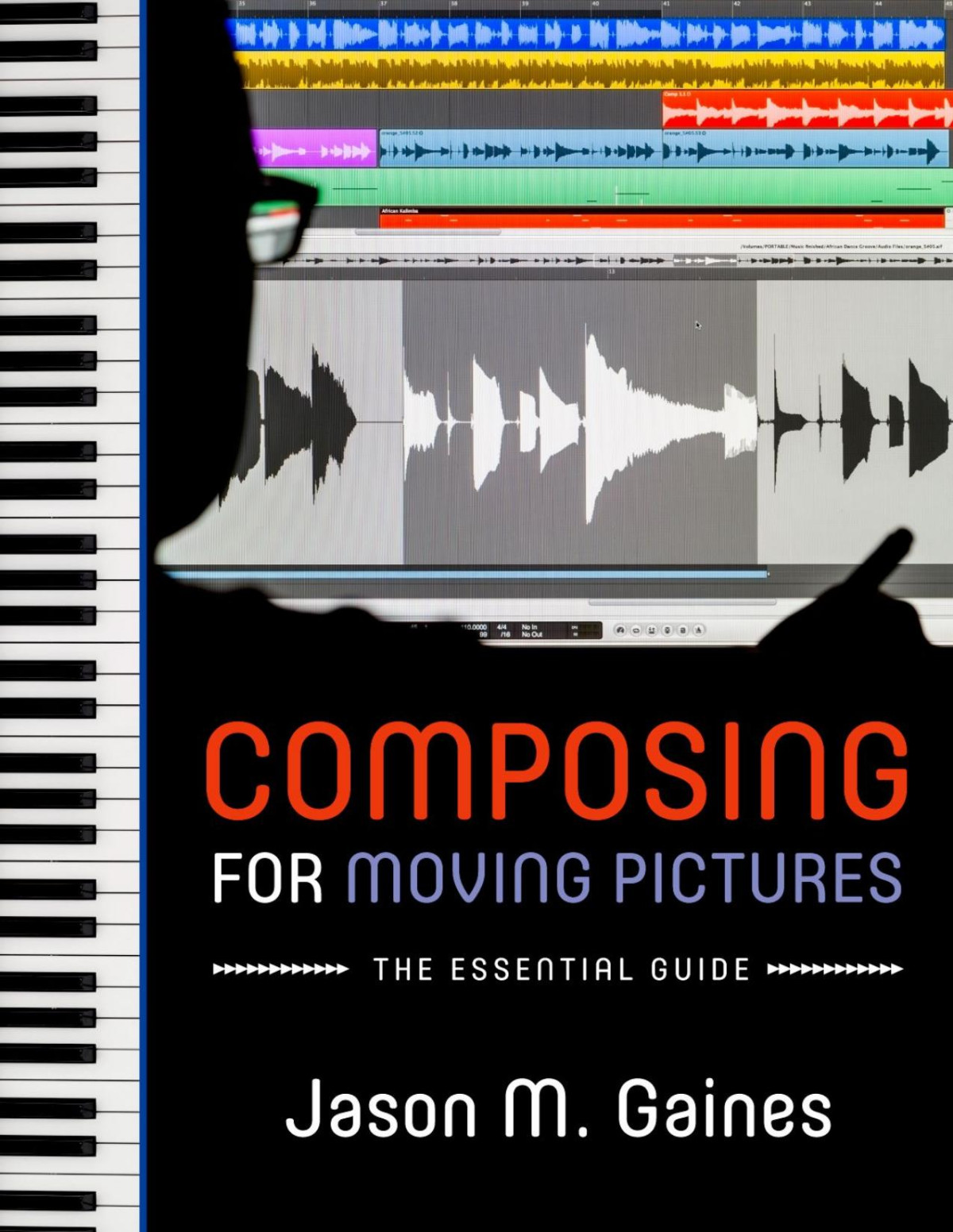

Most ebook files are in PDF format, so you can easily read them using various software such as Foxit Reader or directly on the Google Chrome browser.
Some ebook files are released by publishers in other formats such as .awz, .mobi, .epub, .fb2, etc. You may need to install specific software to read these formats on mobile/PC, such as Calibre.
Please read the tutorial at this link: https://ebookbell.com/faq
We offer FREE conversion to the popular formats you request; however, this may take some time. Therefore, right after payment, please email us, and we will try to provide the service as quickly as possible.
For some exceptional file formats or broken links (if any), please refrain from opening any disputes. Instead, email us first, and we will try to assist within a maximum of 6 hours.
EbookBell Team

4.7
96 reviewsIn Composing for Moving Pictures: The Essential Guide, author Jason Gaines offers practical tools with which to navigate the increasingly complex environment of movie music composition.
Making quality moving pictures has never been easier or more affordable, and the proliferation and ease of access to digital recording devices has prompted scores of amateurs to record and post videos to YouTube and the like. Paradoxically, however, scoring and arranging music for motion pictures is, in many ways, more complicated now than ever before, requiring extensive knowledge of notation, arranging, recording, and mixing software and multi-component DAW workstations. In Composing for Moving Pictures: The Essential Guide, author Jason Gaines offers practical tools with which to navigate the increasingly complex environment of movie music composition. He addresses both the principles of composition for moving pictures and the technologies which drive music composition, performance, and recording in an integrated and comprehensive fashion. The guide takes readers from square one - how technology can facilitate, rather than hinder, creativity in scoring - and then moves into the basics of working with MIDI files and on to more advanced concepts such as arranging, mixing, and integrating surround sound. Gaines illustrates each step of the process with screen shots and explanations in the form of program tutorials. Later chapters offer tips on budgeting out studio sessions, hiring music copyists, and presenting one's work to (and negotiating contracts with) clients. A section of appendices includes a glossary, a guide to keyboard shortcuts, and references to official software program documentation, as well as interviews with industry veterans. Composing for Moving Pictures fills a hole in literature on film scoring in the digital age and will prove to be an invaluable resource for music educators at the university and secondary level. Amateur composers will also delight in this easy-to-use guidebook.
(source: Bol.com)